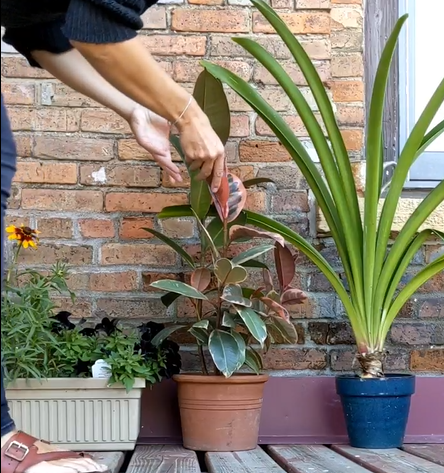
by Drummers Garden Center | Sep 7, 2021 | Houseplants, Plants & Pets, Winter
As the temps start to cool and the leaves start to fall outside, we need to start bringing in your houseplants to create a plant oasis to enjoy all winter long. Once the overnight temps are consistently dropping below 50°F, bring your houseplants indoors to...

by Drummers Garden Center | Aug 24, 2021 | Houseplants
Plants are a wonderful addition to our lives because they connect us with nature, which improves our mental health. Here are the top 5 reasons that plants improve your space. 1. Breathe Easier Indoor plants will improve air quality by removing carbon dioxide, benzene,...

by Drummers Garden Center | Dec 19, 2018 | Christmas, Garden Goods, Gifts, Houseplants
It’s hard to know what exactly someone wants but here are ten gifts under twenty dollars that won’t break the bank and your plant loving friends and family may enjoy! If none of these seem to tickle your fancy and you KNOW a friend/family member would like...

by Drummers Garden Center | Dec 10, 2018 | Christmas, Houseplants
These Holiday houseplants are great for a fresh finishing touch to your decorations or great to give as a gift! With some care these houseplants can live all year-long, year-after-year. 1. Poinsettia When you see Poinsettias, you think Christmas! The bright colored...





